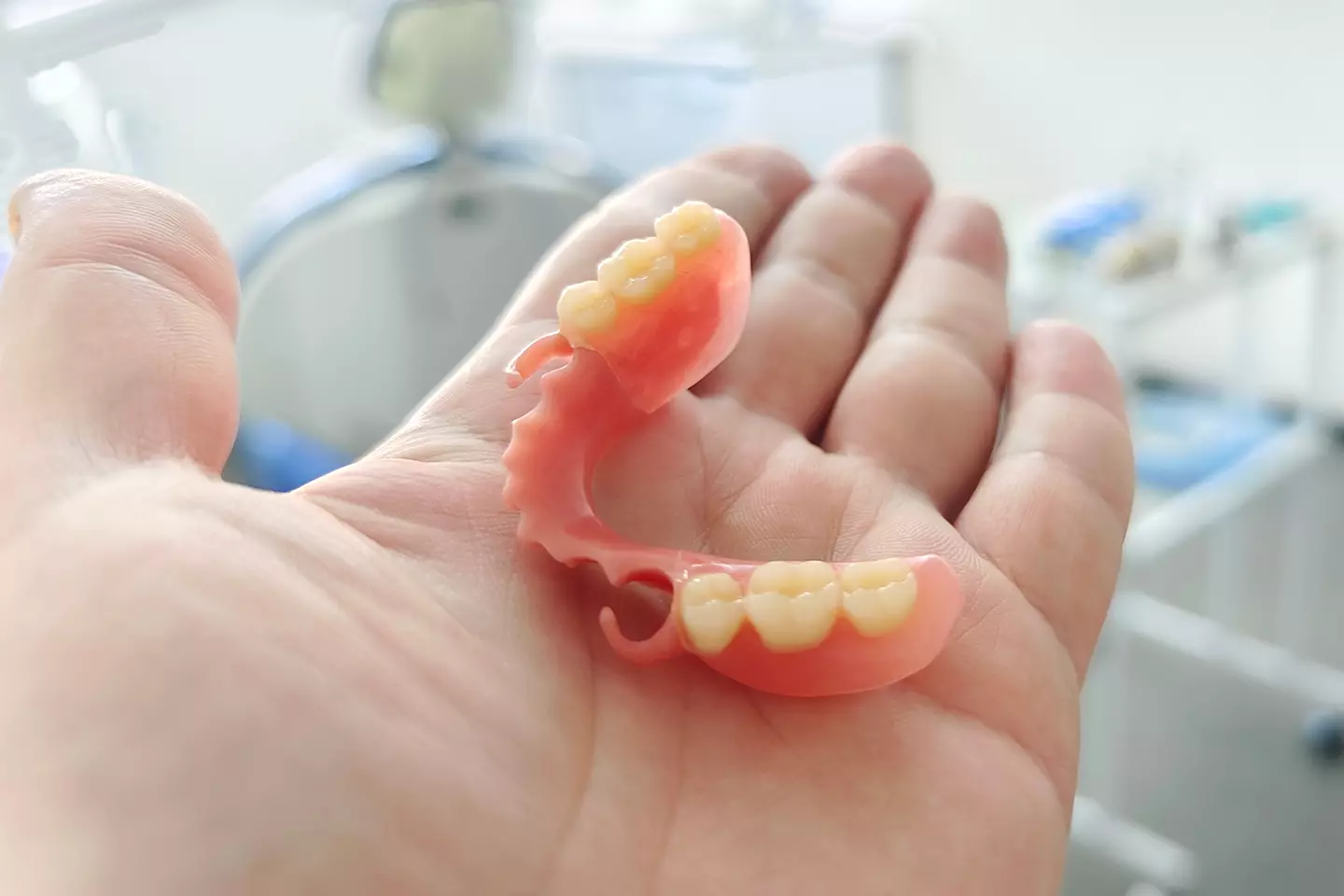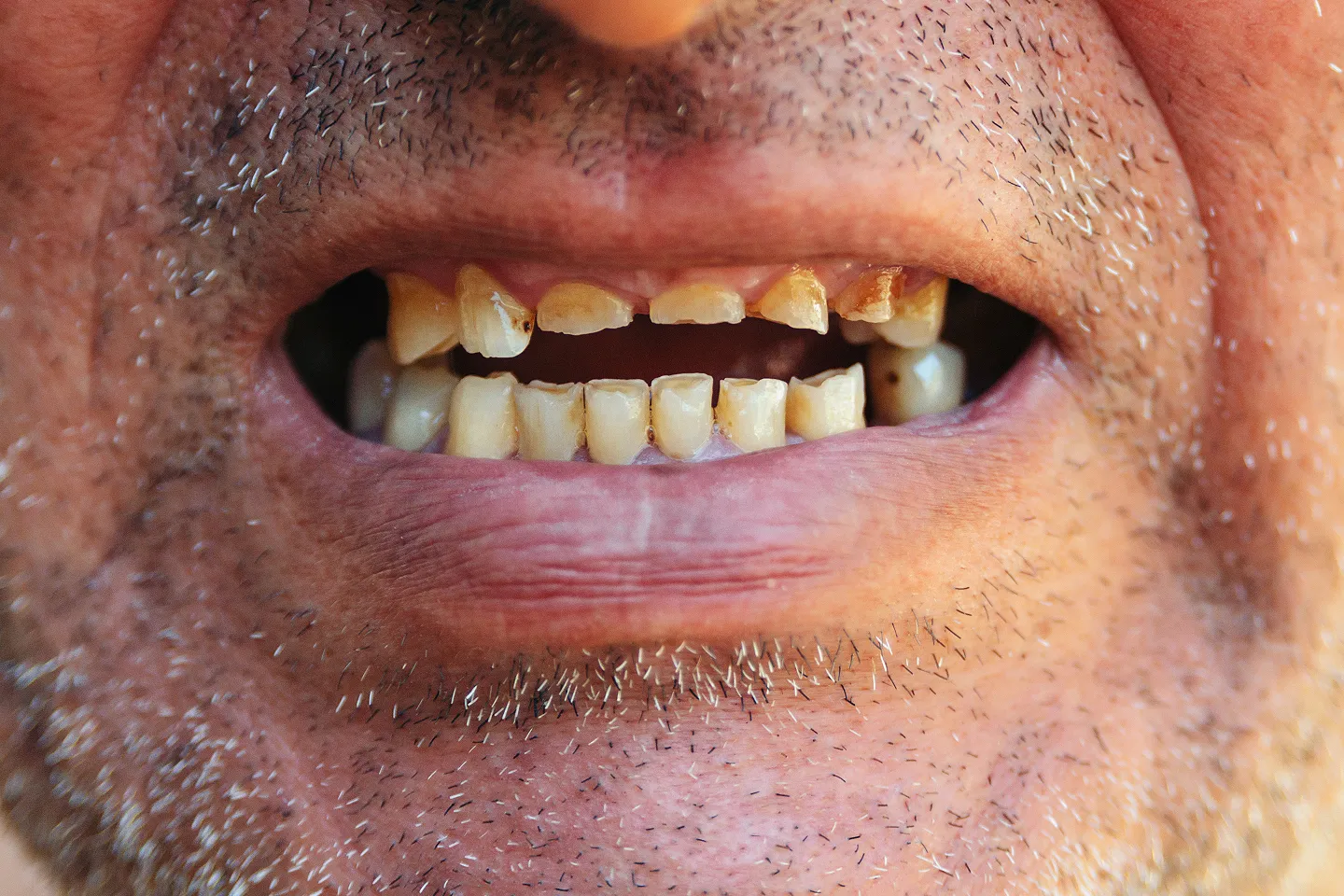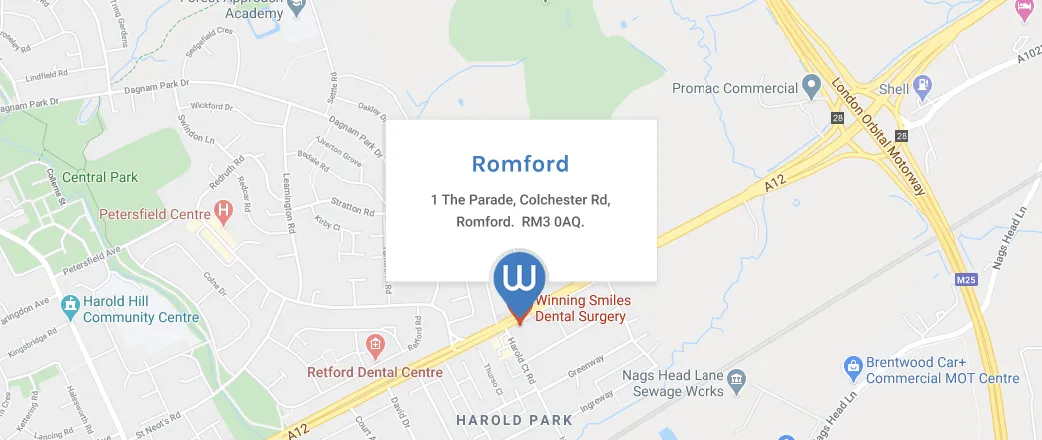Dental Implant Bridges are one of the most lifelike and natural-looking solutions out there for replacing a few missing teeth. The teeth are porcelain which fit over a metal structure inside the mouth. This gives a secure and realistic solution. They can be used for anything from 2 teeth to a whole jaw, but the real benefit is that, because of the ‘bridge’, fewer implants need to be used. Not only does this mean better surgery for you, but it also makes it more cost-effective for what you receive.
It can even be as little as two implants for four teeth. The historical alternative is traditional dental bridges, which do have their downsides.
Dental Bridges
Dental bridges have been around for 100 years. Until dental implants came along dental bridges were considered the gold standard treatment for the replacement of single teeth or a number of teeth. Bridges require some sound teeth to attach to – usually either side of a gap.
Advantages Of Bridges
- Can achieve excellent aesthetic results
- Long-lived (10 years possible)
- Feel like real teeth.
- Quick bridges can be completed in 2 weeks.
- Stay put and don’t move around.
- Fixed in place (not removable like dentures)
- Less expensive than implants
Disadvantages
- Require solid teeth to fix to
- The bridge support teeth have to be drilled down to make room for the bridge. Bridge-bridge support teeth will often fail in the long term because of the extra strain on them (5 yrs +)
- Not suitable for replacing more than two teeth in a row
- Not possible if a large number of teeth are missing
- Not possible if teeth missing, do not have a solid tooth behind them to act as a back bridge support.
- More expensive than dentures






.webp)
